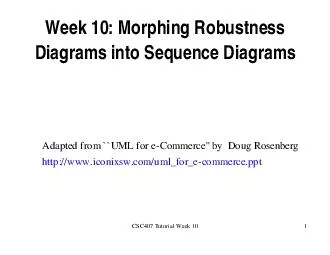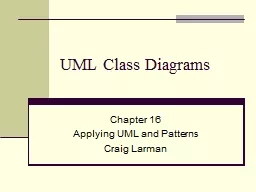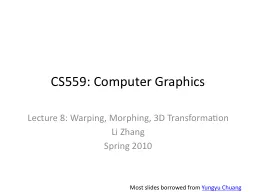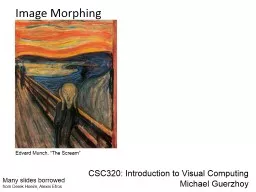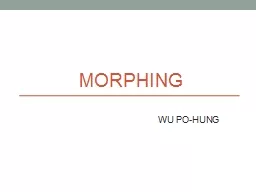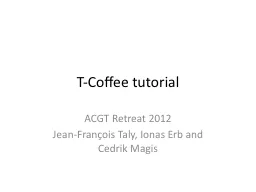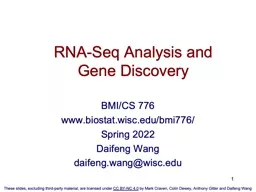PDF-CSC407 Tutorial Week 101Week 10: Morphing Robustness Diagrams into Seq
Author : giovanna-bartolotta | Published Date : 2015-10-13
CSC407 Tutorial Week 102Sequence DiagramsWe allocate methods to classes as we draw sequence diagrams CSC407 Tutorial Week 103Before we do sequence diagrams thoughbWe
Presentation Embed Code
Download Presentation
Download Presentation The PPT/PDF document "CSC407 Tutorial Week 101Week 10: Morphin..." is the property of its rightful owner. Permission is granted to download and print the materials on this website for personal, non-commercial use only, and to display it on your personal computer provided you do not modify the materials and that you retain all copyright notices contained in the materials. By downloading content from our website, you accept the terms of this agreement.
CSC407 Tutorial Week 101Week 10: Morphing Robustness Diagrams into Seq: Transcript
Download Rules Of Document
"CSC407 Tutorial Week 101Week 10: Morphing Robustness Diagrams into Seq"The content belongs to its owner. You may download and print it for personal use, without modification, and keep all copyright notices. By downloading, you agree to these terms.
Related Documents

